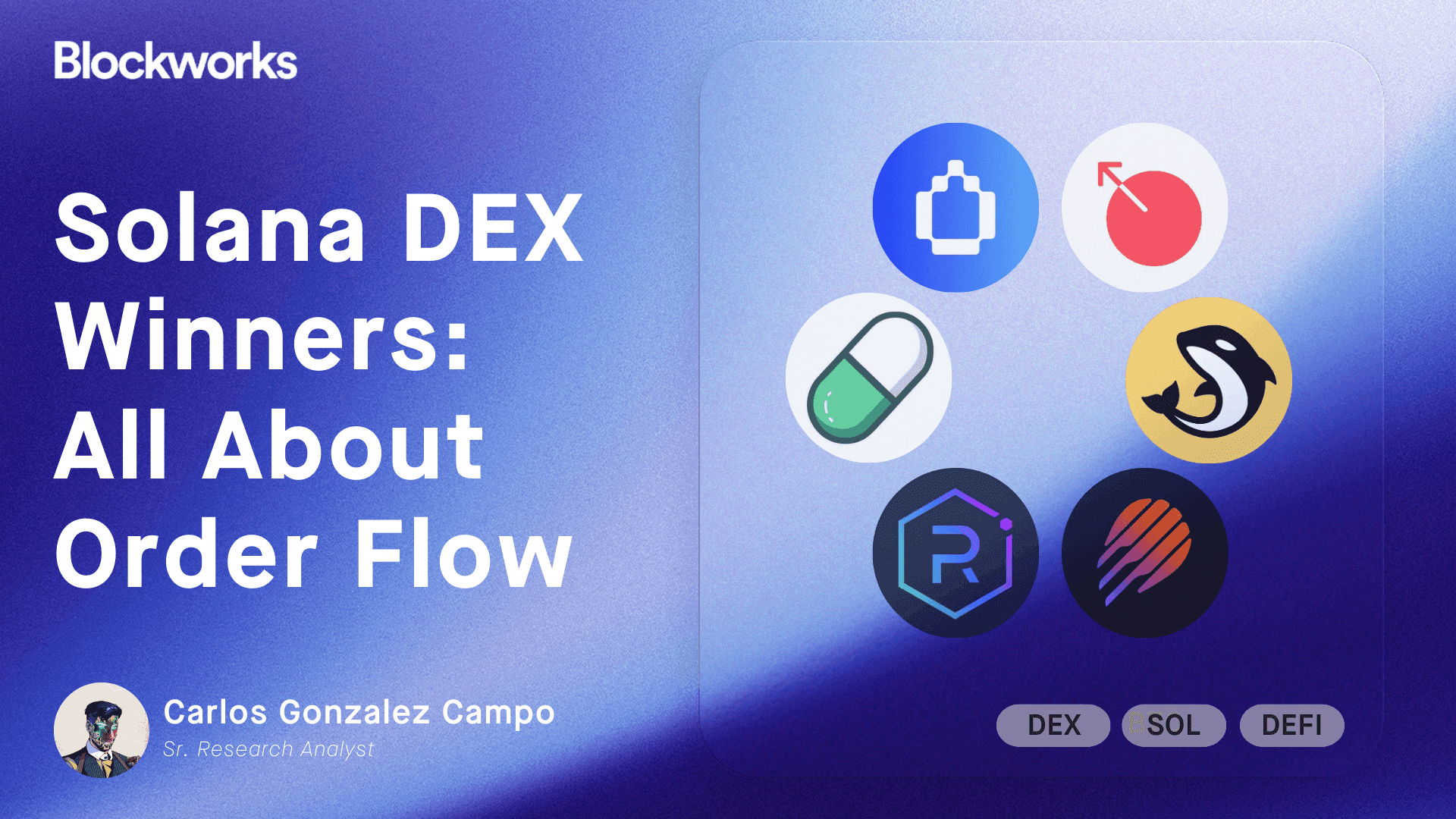TAC mainnet launch aims to bridge Ethereum DeFi to TON
New L1 chain tackles TON’s lack of native EVM support, promising Ethereum app compatibility

Papapig/Shutterstock and Adobe modified by Blockworks
This is a segment from the 0xResearch newsletter. To read full editions, subscribe.
TAC, which launched its mainnet today, is betting it can solve one of Telegram’s biggest blockchain challenges: getting Ethereum’s DeFi builders to care about TON at all. The new purpose-built layer-1 offers an EVM-compatible bridge to Telegram’s ecosystem and is listing its $TAC token on major exchanges alongside Telegram Wallet support.
TAC is not an official Telegram project, but an independent blockchain built to integrate with the TON ecosystem and tap into Telegram’s massive user base without being developed or controlled by Telegram itself.
At its core, TAC targets a specific problem: TON’s native virtual machine (TVM) and smart contract language (FunC) remain bespoke and less accessible to Ethereum’s vast developer ecosystem. By introducing an EVM-compatible chain directly integrated with TON, TAC offers a pragmatic bridge for blue-chip Ethereum DeFi apps to deploy to Telegram’s billion-plus user base without rewriting its entire codebase.
This goal shaped every step of TAC’s pre-launch strategy. The project ran an “$800 million Summoning Campaign” on Turtle Club — the same liquidity launchpad trusted by projects like Polygon-backed Katana — to bootstrap deep liquidity before mainnet launch.
It’s worth noting that a year ago, the TAC team announced collaboration with Polygon Labs to build a TON layer-2 using Polygon CDK. The idea was for the planned rollup to eventually run as an EVM-compatible layer on top of TON itself. But that’s evidently been shelved. By contrast, the newly launched TAC chain is a sovereign layer-1 built on Cosmos SDK, bridging to TON via a dedicated cross-chain adapter.
TAC’s fee model also reflects this bridging complexity. As co-founder Marco Monaco explained to Blockworks:
“MiniApps are built with our SDK, [where] transactions simulate the EVM gas cost and convert it in real-time in TON with an oracle. This TON is attached to the user’s transaction, sent to the TON Adapter…picked up by a network of sequencers and relayed to the TAC EVM side, where there is a network-level paymaster that sponsors the TAC gas fees. We then convert the collected TON into TAC and refill the paymaster.”
This approach abstracts away gas payment friction for end-users while creating sustained buy-pressure for the TAC token, as TON collected from users is systematically converted.
On the staking side, TAC uses standard Cosmos-style delegated proof-of-stake (DPoS), offering yields in the 8-10% APY range, not counting transaction fees. Monaco clarifies these rewards are not artificially boosted beyond the protocol’s inflation schedule.
“[TAC emissions] run at around 5% inflation per year, with a staking ratio of 60%,” Monaco said.
TAC security is to be bolstered by Babylon bitcoin staking — the network is targeting to be among the first BSNs (bitcoin secured networks) based on Comsos, Monaco said.
This dual-staking approach means validators must bond TAC while facing the risk of slashed BTC collateral enforced via Babylon’s SPV-based slashing system on Bitcoin itself.
“It’s of utmost importance for us…a layer-1 with a token trading at [a few hundred million dollars] FDV can’t secure 1b TVL on the network. So Bitcoin security is critical to be able to secure the TVL onchain.”
The validator set at launch features reputable infrastructure players such as ValidationCloud, P2P, Kintsugi, NodeStake, Chorus One and Animoca.
From a security perspective, TAC has taken care to avoid common launch pitfalls. The EVM implementation underwent a fresh Halborn audit in late May 2025 — just before launch — which found no critical or high-severity issues and verified fixes for minor bugs. Earlier audits by Halborn, Trail of Bits, and Quantstamp covered the TON Adapter and proxy contract layers, reinforcing TAC’s claim of professional-grade security.
Still, the design reflects clear trade-offs. As an external EVM-compatible layer connected via cross-chain bridging and “state mirroring,” TAC introduces extra trust assumptions and sequencing complexity. Its sequencer network, for example, remains “distributed, but not decentralized” at launch.
Ultimately, TAC’s mainnet debut is a major milestone for TON’s evolution from a payments-focused chain into a more mature DeFi-capable platform. It may be an indirect bridge — and certainly not without friction — but it’s also a pragmatic one that gives Ethereum developers a path to tap Telegram’s enormous audience without abandoning EVM tools and code.
Whether that bridge will be widely used and sticky remains the big question ahead. The whole thing feels a bit Rube Goldbergian to me.
Correction July 15, 2025 at 12:23 pm ET: Clarified Babylon-based dual staking is not live at mainnet launch.
Get the news in your inbox. Explore Blockworks newsletters:
- The Breakdown: Decoding crypto and the markets. Daily.
- 0xResearch: Alpha in your inbox. Think like an analyst.






